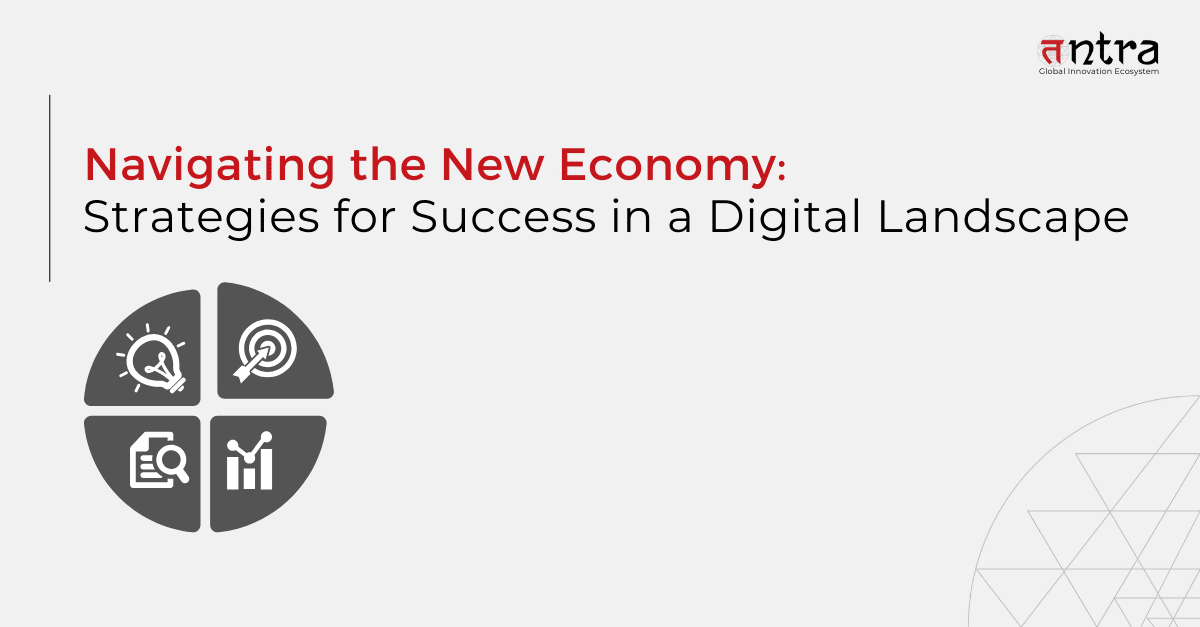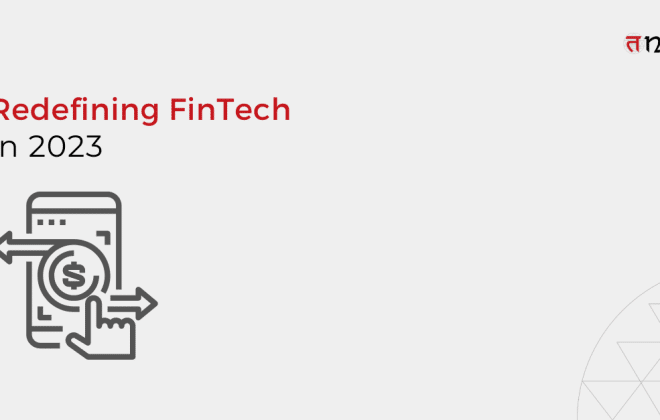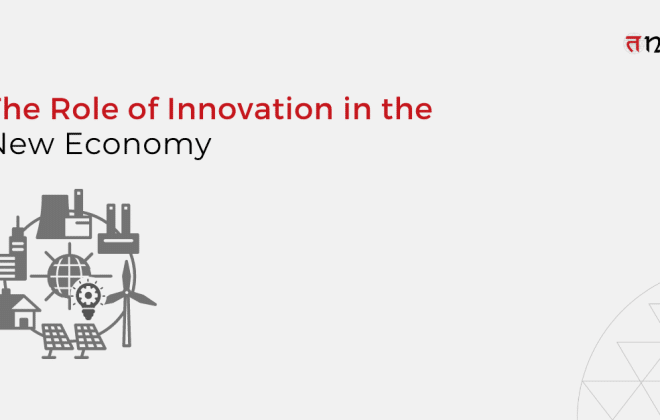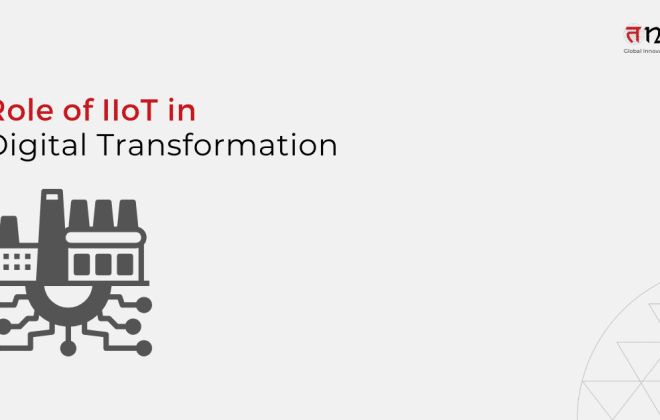
Navigating the New Economy: Strategies for Success in a Digital Landscape
Table of Contents
ToggleThe digital revolution demands businesses adapt. This blog offers 5 strategies for success: foster a culture of change, optimize processes, create user-friendly digital systems, leverage data & analytics, and continuously refine your strategy. Don’t miss out! Embrace digital transformation and unlock your competitive edge.
Unilever, a multinational consumer goods firm, automates many of its business activities. However, in this situation, they focused on intelligent automation as a digital transformation strategy for recruitment. Using AI, the Unilever team managed to save £1 million on their recruiting efforts in one year while also reducing hiring time by up to 90%.
This was accomplished using sophisticated machine learning techniques and technologies, such as natural language processing (NLP), which was used to analyze speech patterns and vocabulary in virtual interviews.
Similarly, Alibaba, the world’s largest e-commerce platform, relies heavily on intelligent automation as a digital transformation technology in its daily operations. Alibaba has several side projects that rely on automation, but some of the most essential ways it uses this technology in retail include shipping, logistics, predictions, and descriptions.
For example, by utilizing NLP, the website can automatically produce product descriptions for customers. They also employ analytics to predict what customers will like to buy based on previous purchases.
(Source: Contract Fit)
The Digital Transformation Technology Landscape: Where is it going?
The World Economic Forum estimates that digital transformation will add $100 trillion to the global economy by 2025. Furthermore, by 2025, platform-driven interactions are estimated to account for about two-thirds of the $100 trillion value at stake in digitalization.
According to Gartner, 91% of organizations are pursuing some type of digital project, and 87% of top business leaders consider digitalization a priority. The digital transformation technology landscape has taken center stage as companies are witnessing tremendous performance improvements by implementing advanced technologies.
According to Prophet, 54% of transformation efforts are still focused on modernizing customer touchpoints and 45% on enabling infrastructure, but 41% of companies haven’t performed their due diligence in understanding their customers and have invested in digital transformation without the direction of meticulous customer research.
5 Strategies for Success in the Digital Landscape
In today’s quickly changing corporate environment, the new economy offers both opportunities and challenges for digital transformation services. To succeed in the digital age, firms must change their marketing methods and embrace innovative ways. In the face of the digital revolution, entrepreneurs must adapt and change. They must leverage the potential of digital tools and platforms to propel corporate growth and gain a competitive advantage. This entails not only the use of technology but also a fundamental transformation in attitude and approach for software product engineering solutions.
Here are a few strategies that companies and entrepreneurs can adapt to transform their business performance in the new economy:
- Bring a Cultural Change
The C-suite’s support and passion for digital transformation are important to the organization’s long-term cultural shift. Over the last three years, digital transformation has been virtually entirely (90%) handled by the C-suite. Resistance to change and skepticism of the “new” is natural, so be prepared to deal with it. Thinking beyond the C-suite, forming a team mindset with people from throughout the value chain—IT, OT, sales, marketing, design, and more—is the first step towards establishing effective governance to carry out the digital transformation strategy. Having a core team of “cheerleaders” who understand the vision for an organization’s digital transformation will pay off in the long term. - Get Ready for Process Optimization
How often have you caught yourself in the midst of a task, expecting to find an easier method to complete it? Every organization has several procedures and operations that can be improved to make software product engineering services more efficient and convenient. As a result, when developing your digital transformation strategy, you must include business process optimization. The business strategy must ensure that business processes are optimized while satisfying both customer and internal team goals. To get the highest output, the digital transformation strategy must include all interconnected business processes. - Create User-Friendly Systems
A digital system is designed to support and accomplish daily tasks and duties that machines could perform to alleviate the burden on the human workforce. It also enables greater productivity in less time. Ensure that digital systems meet specific requirements that make them user-friendly. In other words, ensure that the goal of using technology that is digital is justified. The platforms should be efficient, easy to traverse, easy to install and remove, simple to run, require no third-party software, be successful at handling faults, and adhere to established standards. Don’t overlook the value of system usability. - Seamlessly Use Data and Analytics
Cloud and data analytics can be used to accomplish a variety of functions within a company. Analytics may uncover patterns and identify trends from vast data entered into the system. Stitching together a large amount of valuable data and having it aggregated and analyzed by an IT infrastructure can help your organization succeed. Data analytics in the digital transformation technology landscape enables you to address everyday company questions like, “What are the things that customers are buying?” “What is the audience talking about?” and “What is missing in the computer systems?” Big data analysis entails being able to properly answer complicated questions, resulting in a more efficient business. - Continuously Iterate the Strategy
At this point, we have a vision supported by a broad coalition, a strategic use case, a technological plan, and collaborators in digital transformation success. Before proceeding full-throttle, explicitly define key performance indicators (KPIs) for each initiative. Ensure that all parties are aware of and accountable for the deliverables required to deem the project a success. At the same time, a robust feedback loop with stakeholders should be established to ensure that everyone learns from their involvement as the digital transformation strategy progresses. Acknowledging that digital transformation is a journey, teams must establish “waypoints” as a means of checking in on progress, making adjustments, and improving.
The New Economy Calls for Strategic Digital Transformation
Digital transformation may lead to maturity through digital technology itself. Technology does play a significant role in all of the business’s achievements. Management, employee reactions, and customer responses all contribute to the concept of growth in digital innovation. Finally, it is not only the technology that benefits us but also the strategy for New Economy solutions.
In the continuously evolving digital landscape, Tntra, the leading software product engineering company, stays on top of things. We have digital transformed businesses in 10+ industries across 25 countries.
Contact us today for a FREE CONSULTATION and kickstart your digital transformation initiatives with ease!





